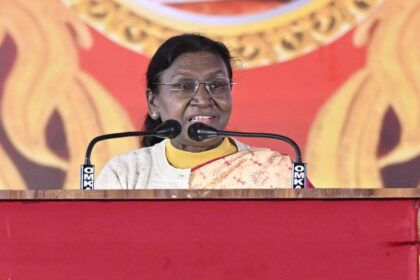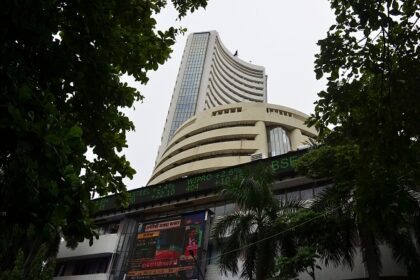Small group of worker working in the factory
Amidst ongoing challenges, India’s labour market is witnessing positive developments, as highlighted in the India Employment 2024 report. Despite the pandemic’s impact, the report indicates encouraging trends such as a visible return on investment in education and improvements in several employment indicators between 2019 and 2022.
In the past two decades, from 2000 to 2022, India’s labour market has seen a noticeable upturn in key indicators which include labour force participation, workforce participation and the unemployment rate. This is a significant change from the previous twenty years and has even continued during the COVID-19 pandemic, especially for women work force.
Furthermore, despite non-farm jobs growing faster than farm jobs before 2018, the situation changed afterward, especially during the pandemic. This shift has seen an unexpected increase in agriculture employment between 2019 and 2022. Most of these new jobs were for women doing unpaid work in their families. This goes against the usual trend of people moving from farming to other jobs.
The report also showed shifts and structural transformations in employment conditions, particularly in the form of growth in productive and decent work within the services sector between 2000 and 2019.
One positive change is that there’s been more increase in regular formal sector employment in modern manufacturing and services, like in business, finance, and education. This has led to more formal jobs in these areas, but at the same time, there’s been a rise in informal work within the formal services sector.
The report also showed that educational attainment among youths improved significantly over the past two decades and that all sections of youths experienced improvement. The proportion of technically educated youths among those with a graduate or higher degree also increased. This indicates that youths are generally better equipped to deal with technological change and emerging labour market opportunities.
The analysis of returns to different levels of education found that improvements at the lower levels of education brought little incremental returns. The highest jump occurred for employed youths who had a graduate degree or higher or technical training.
During the pandemic, both passive (like unemployment benefits) and active labor market policies played a key role in supporting and creating jobs. Special schemes, such as the Pradhan Mantri Mudra Yojana and the Prime Minister’s Employment Guarantee Programme, provided loans to street vendors without collateral, helping them sustain their businesses. The focus on innovation-based entrepreneurship also led to the growth of startups, bringing significant benefits.
India is facing a significant challenge when it comes to youth employment. Despite the expansion of education, job opportunities are becoming scarce, especially for educated young people. This problem is even more pronounced for women and young people from economically disadvantaged backgrounds or regions with lower incomes.
However, by shaping macroeconomic policies and investing in labor-intensive sectors like manufacturing and social services, India can create more job opportunities.









